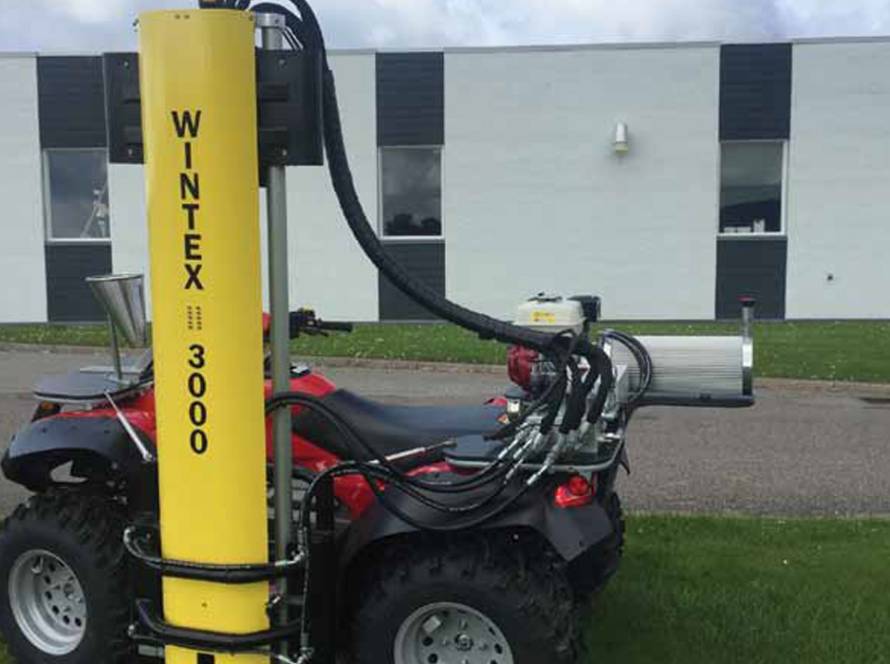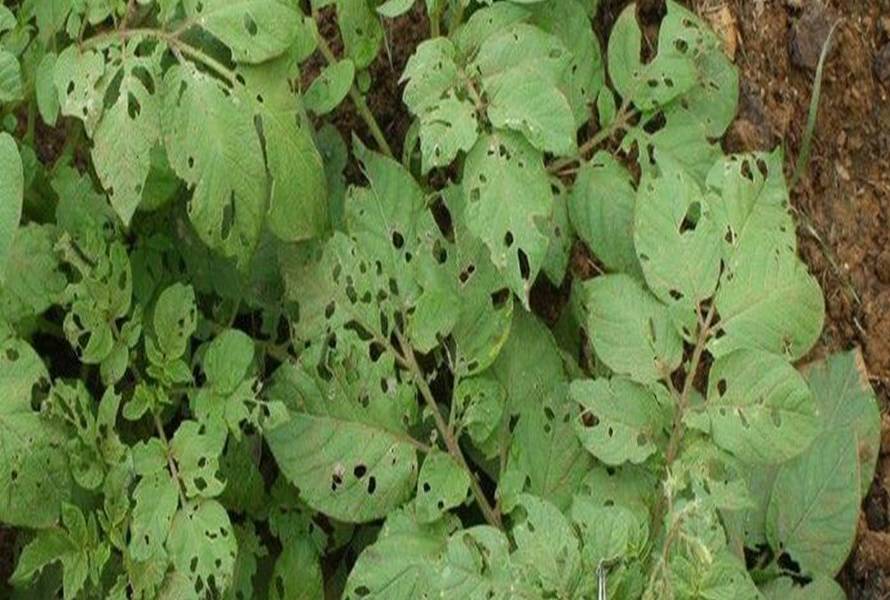Soil Preparation and Planting
- The soil should be plowed twice or inverted, followed by the application of preparatory fertilizers as outlined below, then leveled twice in a perpendicular direction to the plowing direction.
- The planting season is either in October or March, and it is crucial to use a specialized seeding machine equipped with a roller for proper leveling.
- The recommended seeding rate is 14 to 18 kg per feddan. Sowing should be done perpendicular to the land slope and at an angle to the leveling direction. If a standard wheat drill is used, the seed can be split into two portions and sown in two perpendicular or slightly angled passes.
- Irrigation should be applied immediately after sowing in a sufficient amount.
Fertilization: Key Considerations
Fertilization management depends on timing and the application method to ensure optimal growth.
Fertilizing a New Crop
- Triple Superphosphate (TSP):
- 200-250 kg/hectare applied during soil preparation.
- 6 kg/hectare applied after the third harvest.
- Potassium Sulfate:
- 100 kg/hectare split into two doses after the third and sixth harvests, applied alongside TSP.
- Urea Fertilizer:
- 50 kg/hectare (granular) applied during soil preparation.
- 100 kg/hectare applied via pivot irrigation in split doses before the first harvest (10-15 kg weekly).
- 250 kg/hectare for subsequent harvests, applied through pivot irrigation in two doses per harvest:
- First dose: One week after harvesting.
- Second dose: In the third week after harvesting (15-20 kg per application per hectare).
- Liquid Compound Fertilizer (Containing at least 50% Phosphorus):
- 4 liters/hectare per harvest, applied as follows:
- 2 liters in the second week after harvest.
- 3 liters in the third week after harvest.
- This application pattern should continue throughout the growing season.
- 4 liters/hectare per harvest, applied as follows:
- Micronutrients (Chelated Form):
- 6 kg/hectare per season, applied in three doses:
- 2 kg after the third harvest.
- 2 kg after the fifth harvest.
- 2 kg after the seventh harvest.
- 6 kg/hectare per season, applied in three doses:
- Humic Acid:
- 2 liters/hectare, applied in two doses:
- 1 liter after the third harvest.
- 1 liter after the sixth harvest.
- 2 liters/hectare, applied in two doses:
Pest Control
1. Insect Pest Management
- At the onset of infestation, insect growth regulators (IGRs) should be used alone:
- Nomolt or Cisteen: 0.5 liters/hectare, applied at 7-10 days old after harvest.
- Avant: 0.25-0.5 liters/hectare.
- James: 0.5 liters/hectare.
- In severe infestations, fast-acting mixtures should be used with IGRs:
- Lannate: 400-500 g/hectare + Nomolt or Cisteen at 0.25-0.5 liters/hectare.
- Astor: 200 ml/hectare + Nomolt at the previous rate.
2. Fungal Disease Control
- Carbendazim (1 liter/hectare) should be applied 25-30 days after planting to prevent root rot.
3. Weed Control
- Berthoud herbicide: 1 liter/hectare or 150 g/hectare after the third true leaf appears (25-30 days after planting).
- For severe infestations, especially grassy weeds, apply Select herbicide at 2 liters/hectare.
- After the third harvest, a tank mix of Berthoud + 2 liters of Stomp (Pendimethalin 330 EC) per hectare should be sprayed.
📌 Note: 1 hectare = 2.38 feddans.
Source: Eng. Saber Abdelrahman



